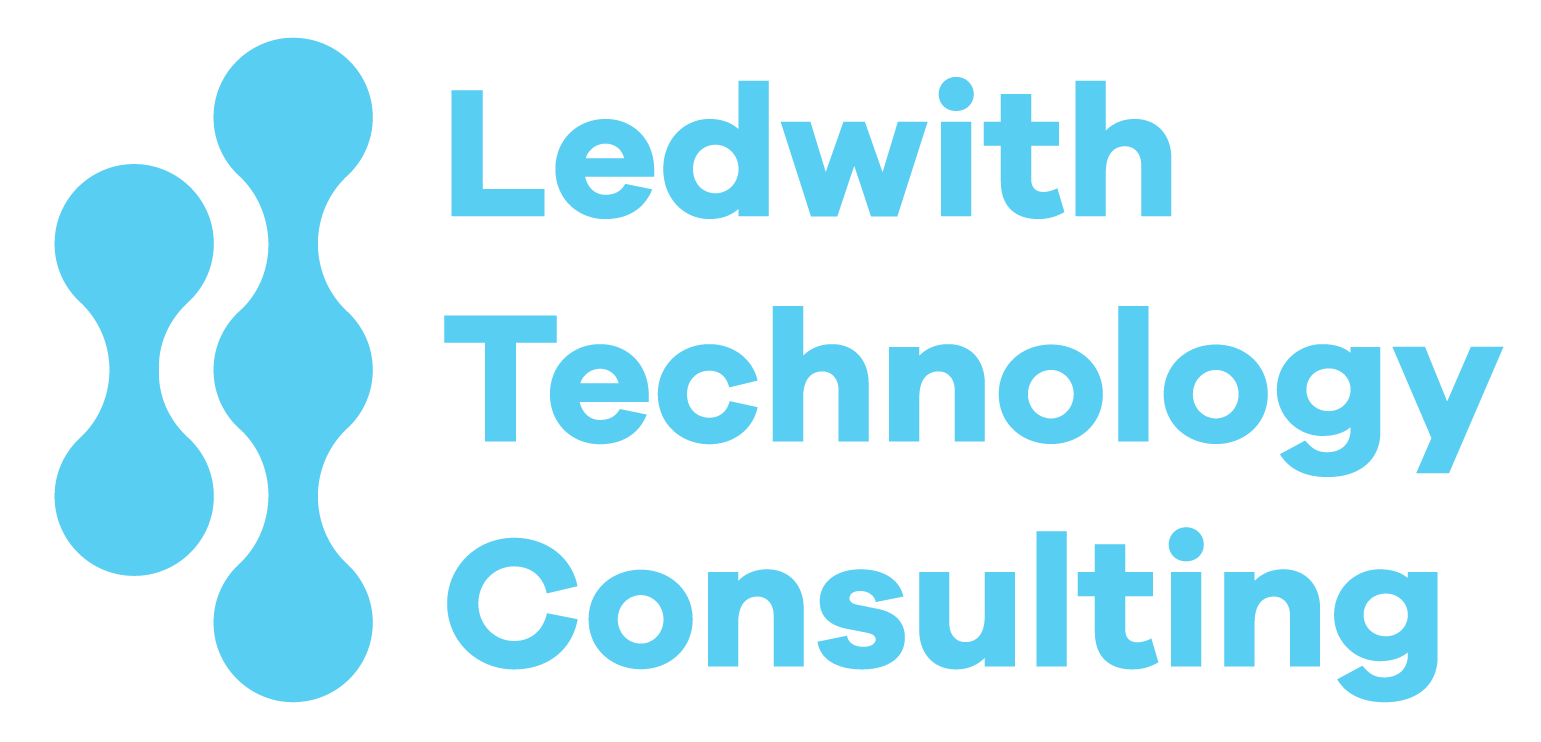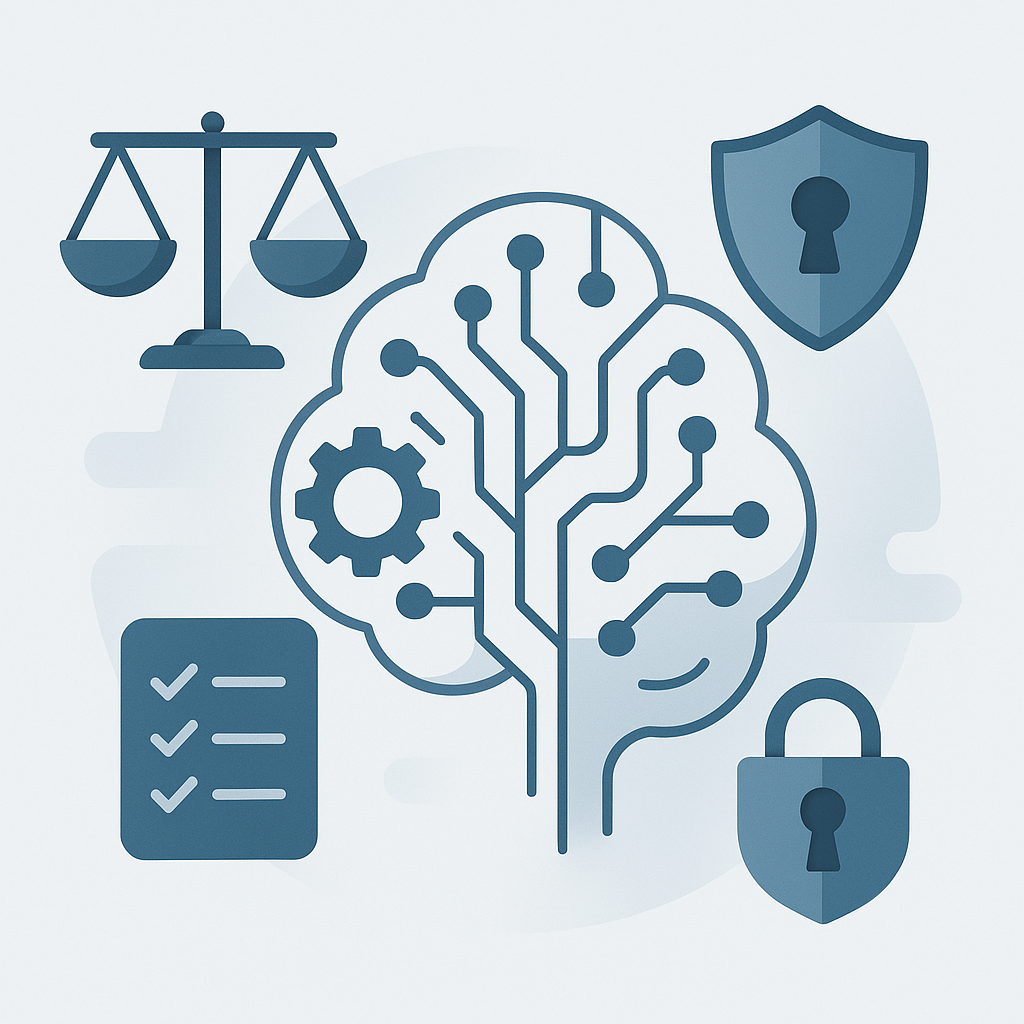By Stephen Ledwith June 29, 2025
Are you sacrificing long-term stability for short-term AI wins? As a senior technology leader, you’re under immense pressure to integrate artificial intelligence (AI) and machine learning (ML) into your products at breakneck speed. The promise of AI—smarter insights, faster processes, competitive edge—is undeniable. But rushing to deploy AI solutions can lead to technical debt, unreliable models, and misaligned business outcomes. In today’s distributed, AI-driven workplace, balancing speed and stability is a critical challenge for scaling teams effectively.
In this article, we’ll explore the obstacles of scaling AI-driven development, share proven strategies to maintain quality, and draw on real-world experience to show how it’s done. Plus, you’ll get actionable tips and a downloadable checklist to ensure your AI projects are set for success. Let’s dive in.
The Challenges of Scaling AI-Driven Development
Scaling AI isn’t just about hiring more data scientists or spinning up new models. It’s about navigating a minefield of technical and organizational hurdles while keeping your systems reliable and your business goals in sight. Here are three key challenges:
- Managing Technical Debt: Rushing AI projects often leads to shortcuts—hacky code, untested models, or poorly documented pipelines. A 2023 Gartner report found that 60% of AI projects fail to scale due to technical debt accumulated in early stages.
- Ensuring Model Reliability: AI models can degrade over time due to data drift, bias, or changing user behaviors. Without robust monitoring, your predictive analytics tool could quietly churn out flawed results, eroding trust and ROI.
- Aligning AI with Business Goals: Misalignment between technical teams and business stakeholders can sink even the most promising AI initiatives. If your ML model optimizes for the wrong metric (e.g., clicks instead of revenue), you’re burning resources on a solution that doesn’t deliver.
These challenges resonate with every leader scaling AI in a distributed environment. The pressure to deliver results under tight deadlines is real, but cutting corners risks long-term setbacks. So, how do you move fast without breaking things?
Strategies for Maintaining Quality
To scale AI effectively, you need strategies that prioritize quality without sacrificing speed. Here are three battle-tested approaches:
1. Implement Robust MLOps Pipelines
MLOps (Machine Learning Operations) is the backbone of scalable AI. By automating model training, deployment, and monitoring, you reduce human error and ensure consistency. Tools like Kubeflow or MLflow can streamline your pipeline, from data ingestion to production deployment. For example, set up automated retraining triggers to handle data drift, ensuring your models stay accurate as conditions change. A well-designed MLOps pipeline lets your team iterate quickly while maintaining reliability.
2. Foster Cross-Functional Collaboration
AI success depends on alignment between data scientists, engineers, and product teams. Break down silos by holding regular cross-functional syncs where teams agree on shared goals, like reducing model latency or improving user retention. Use tools like Jira or Confluence to document decisions and keep everyone on the same page, especially in distributed teams across time zones. Collaboration ensures your AI initiatives solve real business problems, not just technical ones.
3. Prioritize Testing Frameworks
Testing is non-negotiable for AI systems. Implement unit tests for code, integration tests for data pipelines, and stress tests to simulate real-world conditions. For ML models, use A/B testing to validate performance before full deployment. Tools like Great Expectations can help validate data quality, catching issues before they reach production. By catching bugs early, you avoid costly fixes down the line and build trust in your AI systems.
These strategies require upfront investment but pay dividends in scalability and reliability. As a leader, your role is to allocate resources for these practices and set clear expectations for quality.
Actionable Tips for Leaders
Ready to scale your AI projects without sacrificing quality? Here are three actionable steps you can take today:
- Define Clear KPIs: Tie AI initiatives to business outcomes, like revenue growth or customer retention. For example, set a KPI for model accuracy (e.g., 95% precision) and track it alongside business metrics.
- Invest in Automated Monitoring Tools: Use tools like Prometheus or Grafana to monitor model performance in real time. Set alerts for anomalies, like sudden drops in accuracy, to catch issues early.
- Train Non-Technical Leaders: Educate executives and product managers on AI’s limitations, like data dependency or bias risks. A short workshop or cheat sheet can align stakeholders and improve decision-making.
To help you get started, I’ve created a free checklist for assessing AI project readiness. It includes questions like: Are your models monitored for drift? Do you have clear KPIs? Download it here to ensure your AI initiatives are built to scale.
Conclusion: Speed, Stability, and Success
Scaling AI-driven development is a high-stakes balancing act. Move too fast, and you risk technical debt and unreliable systems. Move too slowly, and you lose your competitive edge. By implementing robust MLOps pipelines, fostering collaboration, and prioritizing testing, you can achieve both speed and stability. My experience at Lone Wolf Real Estate Technologies shows it’s possible to deliver AI solutions that are fast, reliable, and impactful.
So, let me ask again: Are you sacrificing long-term stability for short-term AI wins? Don’t forget to download our free AI project readiness checklist to set your team up for success.




